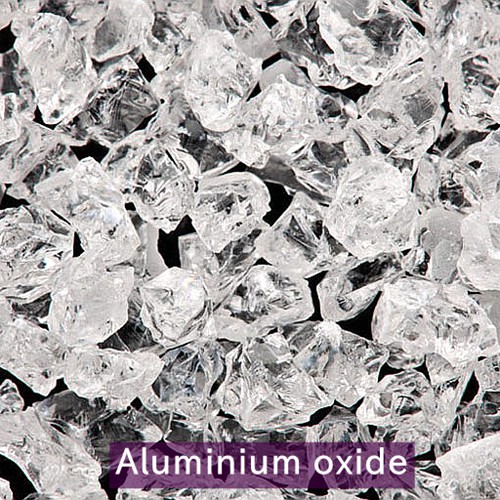
Optical thin film coating materials
Introduction to Optical Thin Film Materials
Advancements in optical thin film deposition have driven the development of sophisticated coating techniques, with testing methods evolving to meet rising quality demands. The choice of materials is critical to achieving desired optical performance. While many materials exist, only a select few are suitable for optical thin films. Different spectral regions require specific materials, tailored for applications like optical filters and high-precision coatings. Below, we explore commonly used materials and their properties.
Key Optical Thin Film Materials
The following table summarizes the characteristics of essential materials used in high-precision optical coatings:
| Material | Transmission Range (nm) | Refractive Index (500nm) | Evaporation Temp (°C) | Evaporation Source | Applications | Outgassing |
|---|---|---|---|---|---|---|
| Y2O3 | 250-8000 | 1.79 | 2300-2500 | Electron gun | Anti-reflective, Al protective coatings | None |
| CeO2 | 400-16000 | 2.35 | ~2000 | Electron gun | Anti-reflective coatings | High |
| MgO | 200-4000 | 1.70 | ~2000 | Electron gun | UV coatings, anti-reflective | Low |
| ZnS | 400-14000 | 2.35 (550nm) | 1000-1100 | Electron gun, Ta/Mo boat | Anti-reflective, IR coatings | Sublimation |
| TiO2 | 400-12000 | 2.35 | 2000-2200 | Electron gun | Anti-reflective, high-reflection coatings | High |
Yttrium Oxide (Y2O3)
Y2O3 is deposited via electron beam evaporation, with a refractive index of approximately 1.79 at 500nm, varying with thickness. It is highly popular as a protective layer for aluminum, especially for high-incidence angles in the 800-12000nm range, and is suitable for eyewear coatings due to its stability in humid conditions for up to 24 hours. Available in granular or flake form, it is ideal for optical thin film materials.
Cerium Dioxide (CeO2)
CeO2 is evaporated using a high-density tungsten boat, achieving a refractive index of about 2.2 at 200°C substrate temperature, increasing to 2.45 at 300°C for 500nm. It exhibits absorption below 400nm and around 3000nm. Traditional evaporation yields less dense films, but ion-assisted deposition (IAD) produces low-absorption films with n=2.35 at 500nm. Typically granular, it is used in anti-reflective coatings and optical filters.
[Note: Additional materials like MgO, ZnS, TiO2, etc., can be detailed similarly upon request.]
Thin Films on Plastic Substrates
Coating plastic substrates, such as CR-39 (n=1.5), PMMA (n=1.48-1.5), and polycarbonate (n=1.59), requires careful material selection due to low-temperature constraints. Materials like SiO2 (n=1.45), Al2O3 (n=1.62), and M1 (n=1.65) are suitable for low-temperature deposition. MgF2 is less effective below 200°C, as it struggles to form stable films. IAD can enhance film durability on plastics, ensuring robust high-precision optical coatings.
Why Choose OptoStokes?
OptoStokes specializes in high-precision optical filters and thin film materials for UV, VIS, NIR, IR, and fluorescence applications. Our custom designs meet international standards at competitive prices, delivering solutions for spectroscopy, imaging, and more. Visit www.optofilters.com to explore our offerings and request a quote.


